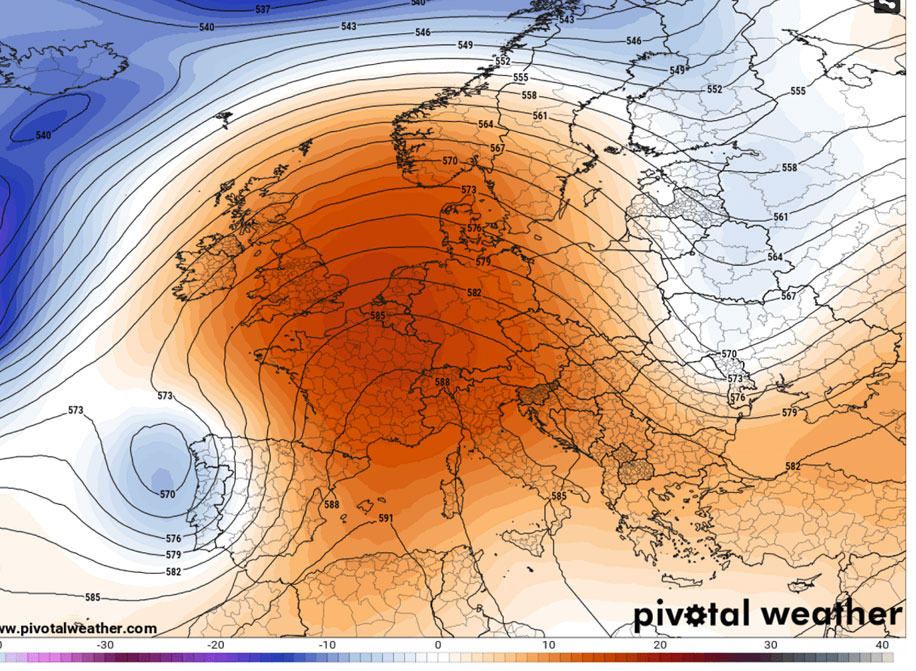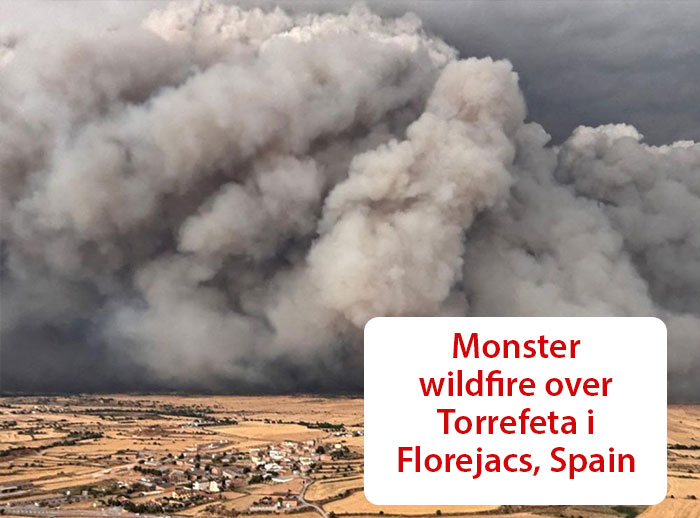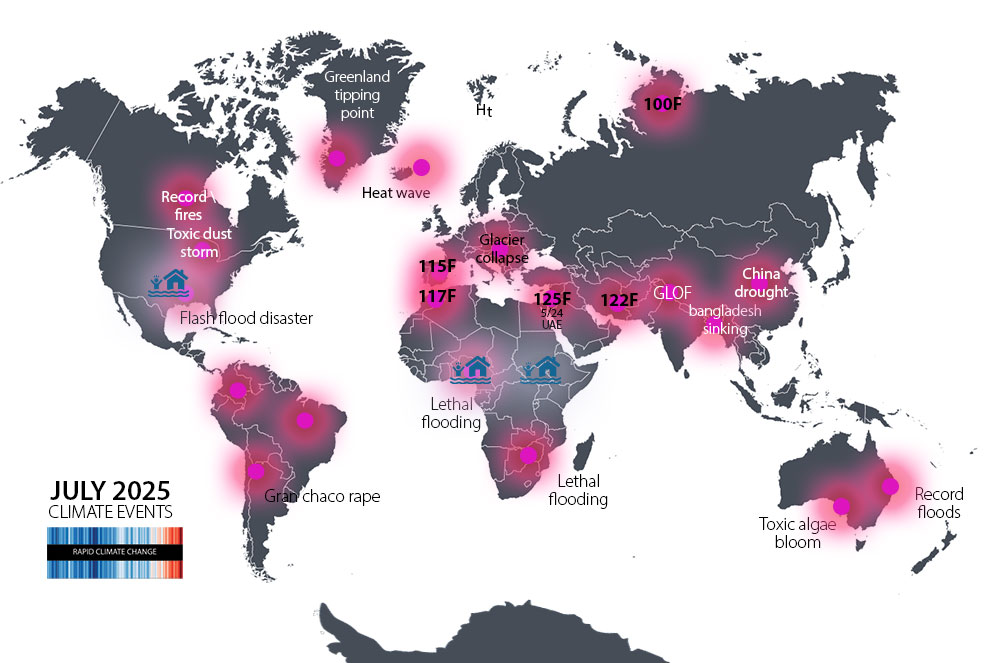2,300 people died in Europe’s June’s heat wave
A massive, relentless high-pressure system trapped scorching air from North Africa over Europe, bringing at least one more week of debilitating heat. The atmospheric condition has resulted in sustained extreme heat, with daytime highs over 40 °C (104 °F) in many regions and unusually warm.
- France: two deaths , 300 hospitalized
- Italy: red alerts in 18 cities; two men dead on beach
- Swiss reactor shut down due to high river-water temperatures
- Spain: Four dead in Spain, two of them in wildfire
- Turkey: 50,000 evacuated as wildfires spread.
- Crete: 1,000 evacuated ahead of wildfires
Highest June temperature ever recorded in Portugal: 115°F: June 29, 2025 in Mora
Record-breaking temperatures
June was among the hottest ever recorded across Europe. Cities from the Arctic Circle to the Mediterranean saw readings typical of mid-summer — reaching 115 °F in southern Spain and Portugal and across the Straits of Gibraltar , frying Ben Guerir, Morocco a record smashing 117 °F reading. Southern and central Europe will continue to bake with no real cooling trend expected through early to mid-July .
Eiffel Tower Closed As Paris Temps Hit 102°F
Fatalities & severe health challenges
At least 8 heat-related deaths have been reported in Spain, France, Italy, and the UK, with emergency rooms seeing significant increases in heat-stress cases. In Sardinia alone, hospital traffic spiked up to 20% above average.
Wildfires and environmental damage
Heat has sparked major wildfires in Catalonia, Crete, Turkey, Greece, and other regions. The conflagrations have led to evacuations and serious damage to agriculture and infrastructure. Crete saw over 1,000 people evacuated, and Italy, Portugal, and France face heightened wildfire danger.
Economic disruption
Heatwaves could shave as much as 0.5 percentage points off Europe’s GDP in 2025 — up to 1.4 % in heat-stressed countries like Spain. Productivity losses are comparable to half-days of strikes.



